PHYSICAL CHARACTERISTICS
In addition to insulation type, the physical characteristics of the insulation need to be determined. For example, polyisocyanurate can have a density of 18, 20, or 25 psi, minimum and/or nominal. It can also have an organic facer or a double-coated fiberglass facer. These characteristics are defined in the ASTM standard under grade type and class, respectively. The architect/engineer standard of care suggests that they should research the products and select the appropriate insulation and its physical characteristics, as well as define them clearly in the specification.
The selected roof insulation must be compatible with the roof deck, selected roof cover and appropriate for its intended use. This can be assured if a full system design is utilized—one that uses all materials from the roof system manufacturer providing the warranty. If the roof system is fully adhered, the insulation type and facer must work with the selected adhesive and roof cover to achieve a solid bond to resist wind uplift. For example, 4- by 4-foot board should only be specified for fully adhered installations. Large boards tend to cup and not be fully bonded.ATTACHMENT METHODS AND CONCERNS
It is the responsibility of the licensed roof system designer to select the insulation type, appropriate thicknesses and physical characteristics, as well as prescribe the method of installation. Insulation, depending on the roof system type, can be set loose, mechanically attached, or adhered/bonded. The success or failure of the roof system performance can often be traced to correct and detailed insulation installation requirements. Prescribing that tapered insulation be mechanically fastened, especially with today’s code-mandated insulation levels, can be challenging; I’ve seen screws as long as 20 inches in the field.
Selecting the correct mechanical anchor is also the responsibility of the architect/engineer and should be selected based on roof deck type, insulation type, wind-uplift pressure and warranty desired, as well as the interior environment. For decades, hot asphalt has been used as an adhesive and has worked well. It is cost-effective, easily applied and roofing crews know how to
apply and set the insulation. It can still be used but environmentally sensitive building sites, such as in reroofing, often make this a poor and difficult choice.
There are a few concerns related to each attachment method for insulation. Consider the following:
MECHANICALLY ATTACHED
The attachment of insulation via screws and plates has proliferated in the past two plus decades. The method is efficient, fairly easy and can be very effective. Some items to consider are:
-
▪▪ The attachment of insulation to concrete roof decks can be very time consuming; costly; and, if not properly set, a concern for the roof cover’s long-term performance. Dust management is also a challenge.
- Be an abrasion concern in high-traffic areas.
- Be a source of heat loss, which according to NRCA can be as much as 7 percent.
- Back-out can result in the puncture of the roof cover and be a source of moisture intrusion.
- Fasteners are rigid yet insulation assemblies are slightly compressive in nature, increasing the risk of traffic-induced punctures.
▪▪ In an ideal world, “good roofing practice” dictates that mechanical fasteners should be set into the top flute of a metal deck.
▪▪ Screw washer plates, used on the top layer of insulation below the membrane can:
ADHERED
Bonding insulation to the roof deck, vapor barrier or other layers of insulation can be fraught with issues. Adhesive can include hot asphalt, cold adhesives, bead polyurethane insulation and full-coverage spray polyurethane. To work, the insulation must be embedded into the adhesive. Investigation of roof-system failures shows that all too often the insulation is set in place but not set into the adhesive as if it will set/ embed itself. Improperly bonded insulation layers are susceptible to wind damage, air transport and moisture movement between layers. Designers should consider the following:
-
▪▪ Board size should not be greater than 4 by 4 feet.
▪▪ A single board thickness should be no greater than 2.5 inches. Thicknesses greater than this will not conform to irregular substrates and make achieving a good bond challenging.
▪▪ When specifying adhered insulation layers, dictate that it must be weighted to ensure set and bond. I specify 35 pounds of weight in the center of the board and at each corner for 10 minutes.
▪▪ Be cognizant of when the project may be constructed and how the ambient air temperatures and climate may affect application.
▪▪ Specify temperature limits and hold to them.
▪▪ Bead-foam adhesive application should be linear and parallel to one side of the board; we do nothing less than 4 inches on center.
▪▪ Bead-foam ribbons should be no less than 3/4-inch wide and also consistent for consistent rise.
STORAGE
We should spend a little time on the storage of insulation on the site. Almost all the insulation manufacturers and PIMA have recommendations that state the shipping packaging should be removed and the material covered with breathable tarpaulins. Let’s count now—on one hand—how often you have seen this in practice.
Packaging today is such that interior insulation heat cannot/may not dissipate and cold material may not warm up as fast as ambient air. Therefore, vapor-impermeable packaging results in a condition in which condensation can occur. Water contamination of organic facers, which can support mold growth, is not good. Boards that are moisture compromised must be culled out and discarded. Shortening the duration of rooftop storage would be ideal. Check with product manufacturers about proper storage techniques.
PHOTOS: HUTCHINSON DESIGN GROUP LTD.

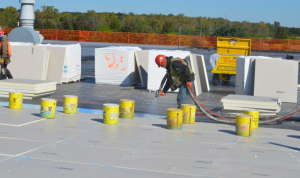
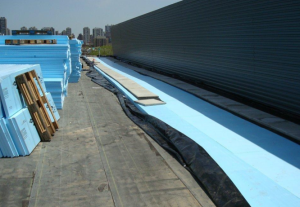

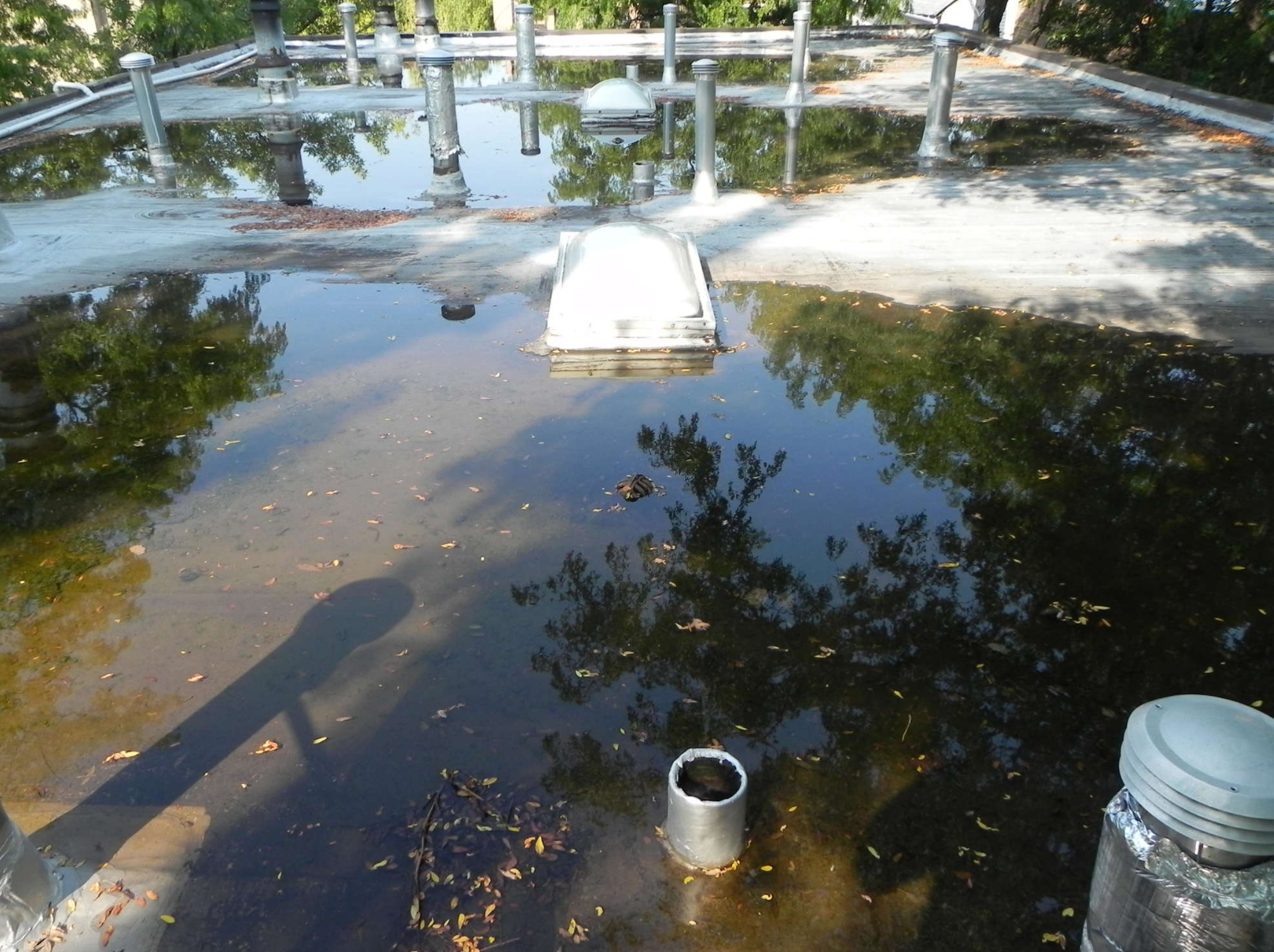
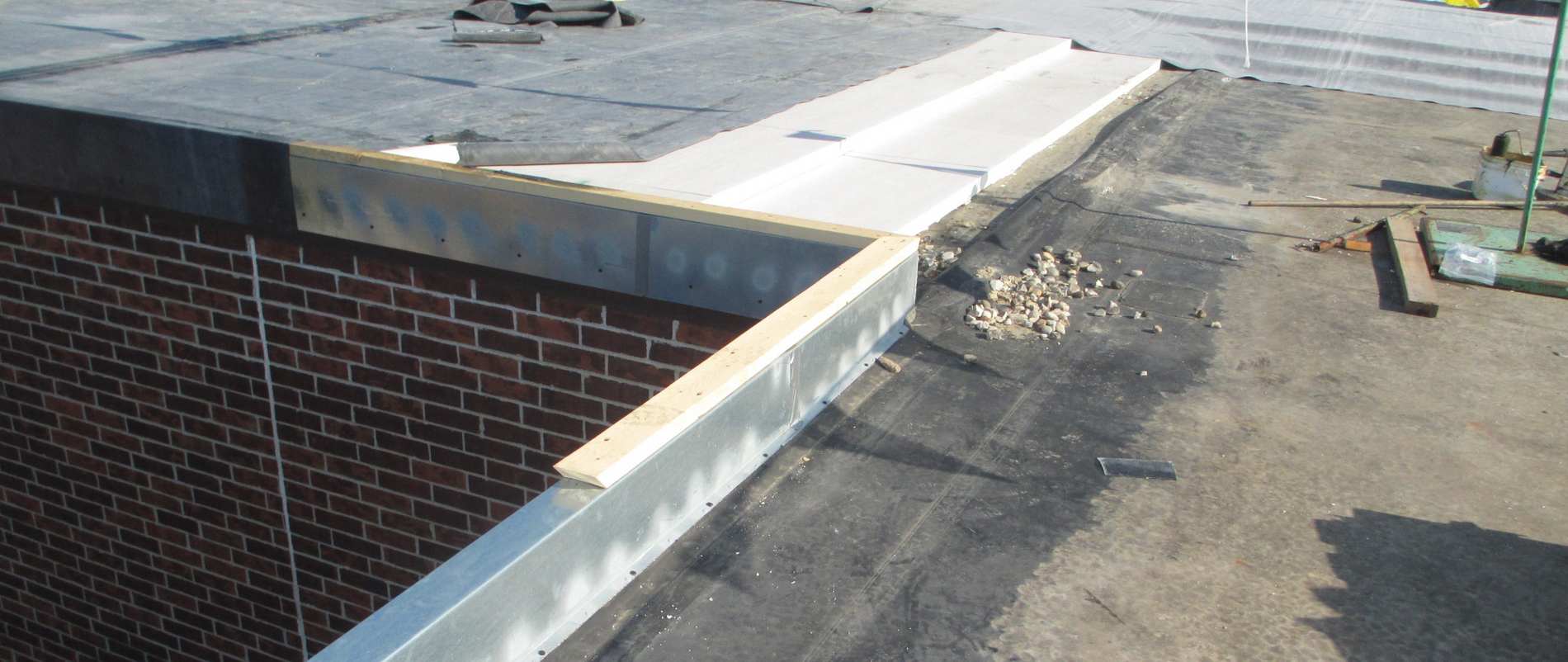
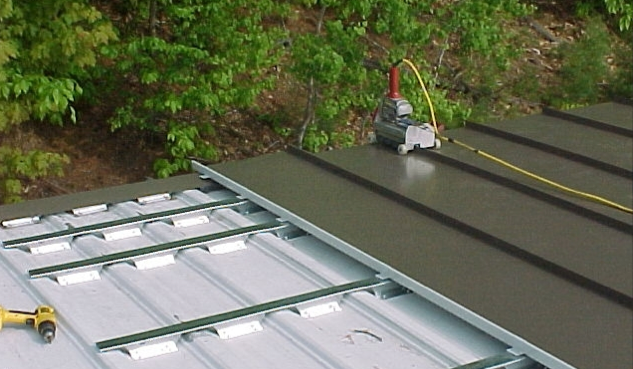
Be the first to comment on "Insulation Types, Application Methods and Physical Characteristics Must Be Reviewed, Understood and Selected to Ensure Roof System Performance"